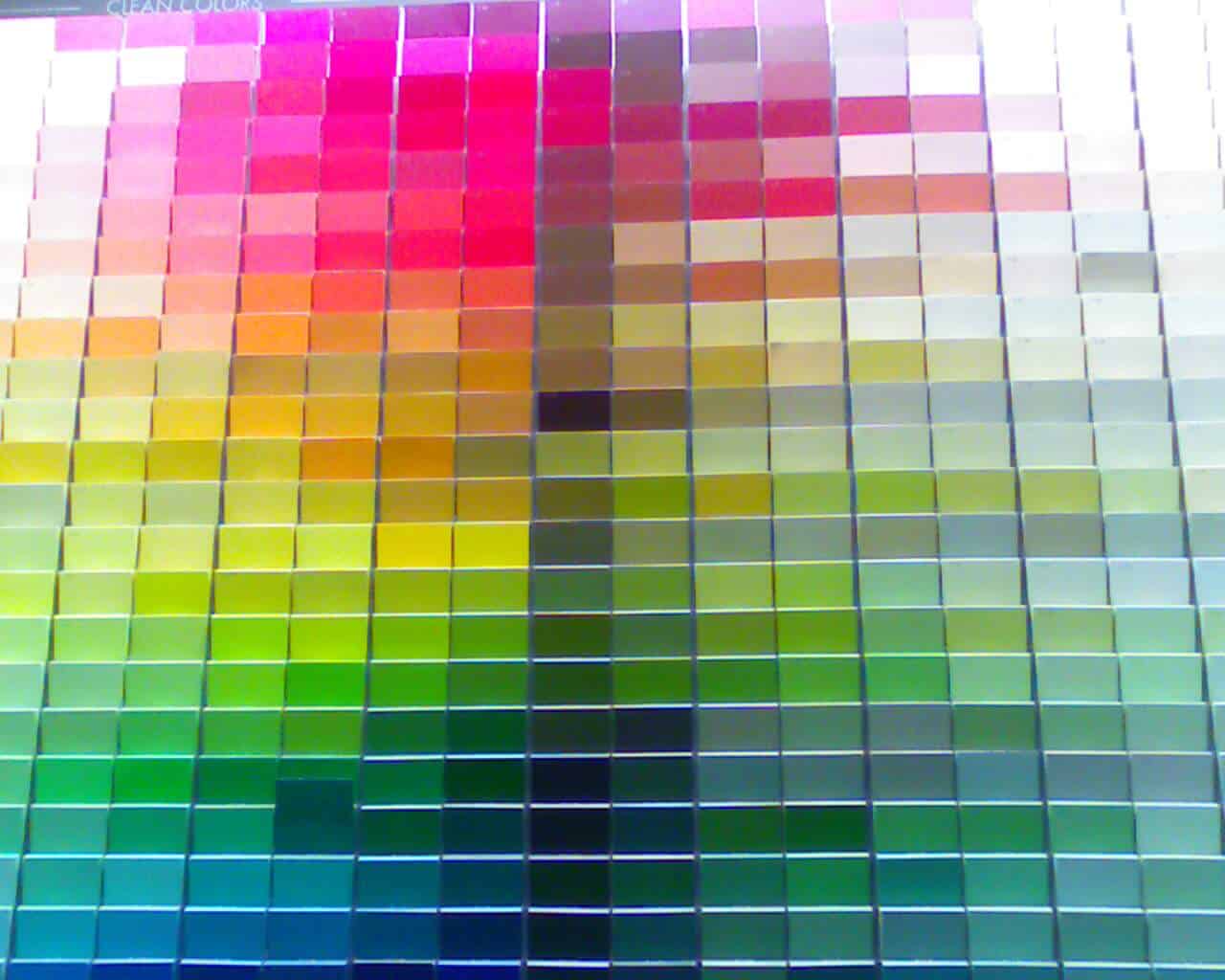Monday, January 10, 2011
Color-Consciousness Conceptualism Published
My paper from last year's Consciousness Online conference, "Color-Consciousness Conceptualism," is forthcoming in an issue of Consciousness and Cognition and available at the publisher's website (and here, as corrected proofs).
Please cite this article in press as: Mandik, P. Color-consciousness conceptualism. Consciousness and Cognition (2011), doi:10.1016/j.concog.2010.11.010
Abstract
I defend against a certain line of attack the view that the conscious contents of color experiences are exhausted by, or at least matched by, the concepts brought to bear in experience by the perceiver. The line of attack is an allegedly empirical argument against conceptualism—the Diachronic Indistinguishability Argument (DIA)—based on color pairs the members of which are too similar to be distinguished across a memory delay but are sufficiently distinct to be distinguished in simultaneous presentations. I sketch a model of a conceptualist view of conscious color perception that is immune to the DIA. One distinctive feature of the conceptualism on offer here is that it does not rely upon the widely discussed and widely criticized demonstrative-concepts strategy popularized by John McDowell and others. I offer empirical and philosophical considerations in my criticisms of the DIA and my sketch of my non-demonstrative conceptualism.
Keywords: Color; Concepts; Conceptualism; Nonconceptual content; Consciousness
Labels:
Color,
Conceptualism,
Consciousness
Subscribe to:
Post Comments (Atom)

karabük
ReplyDeletetunceli
ardahan
giresun
ordu
JH5MT4